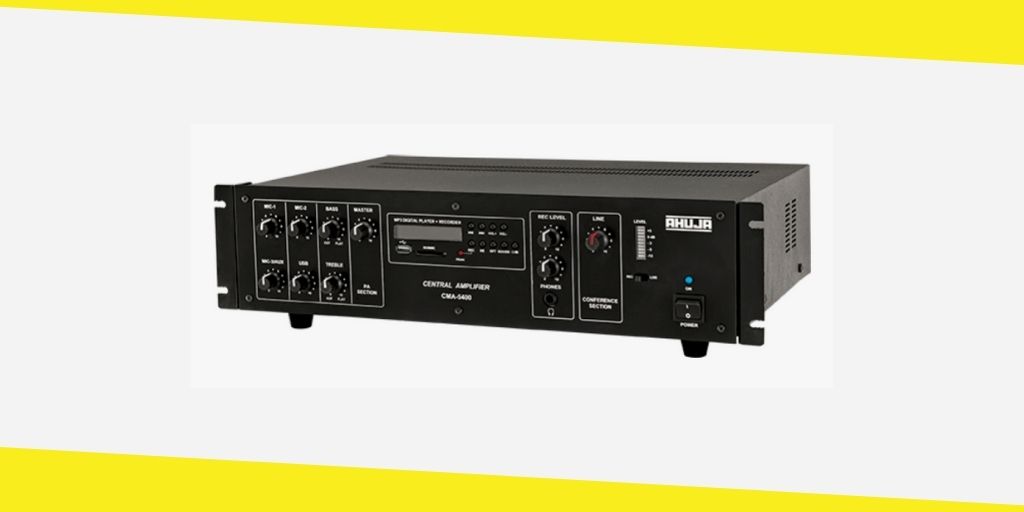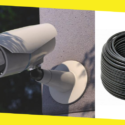HD Amplifier Trouble Shooting Guide

The HD AMP is made up of mono amplifiers capable of driving and outperforming even the most demanding speakers. Installing a new marine receiver and speakers in your boat will improve the sound quality immediately. Amps are commonly associated with loud volume. While this is true, an amp adds more to your boat than just decibels; it also allows you to hear details. You’ll hear your favorite song, rather than losing most of the notes to wind and engine noise.
Contents
ToggleWhy is HD Amplifier crucial?
Unlike the built-in amplifier of a receiver, an external amplifier isn’t constrained by the amount of space available; it is created without making compromises, allowing it to be bigger and better. As a result, you’ll notice a bigger and better sound, which you’ll like. Jl Audio provides a variety of HD Amplifiers for your Boat Stereo Installation including Subwoofers, Speakers, Amplifiers, etc.
Trouble Shooting Guide:
1. If you’re facing Issue in Turning on the Amplifier.
- Check the fuses with a continuity meter, not simply visually. A fuse may have bad internal connections that aren’t visible to the naked eye. For testing, it’s best to remove the fuse from the holder. Inspect the fuse holder if there is no problem with the fuse.
- Examine the connections to “+12VDC,” “Ground terminals,” and “Remote terminals” for accuracy.
- Check the terminal set screw does not pin the wire insulation and that each connection is secure. Verify that +12V is present at the amplifier’s “Remote” connection. In rare circumstances, the source unit’s turn-on lead is inadequate to switch on several devices, necessitating the usage of a relay.
- To examine this issue, connect “+12VDC” wire to Remote terminal and then turn on the amplifier.
2. Distortion or Attenuated Sound Coming from Speakers.
- Look for a likely brief within side the speaker cables, both among the fantastic and bad leads or among a speaker lead and the chassis ground. If there may be a short, the output might be distorted and/or muted.
- In this case, the “Status” LED will flip amber (yellow). Disconnecting the speaker cables from the amplifier and the use of a distinct set of wires linked to a check speaker can be beneficial.
- Check the nominal load impedance to make certain the amplifier is riding a load of 1.5 ohms or more.
- Check the input sign and input sign cables to make sure that there may be a signal at the “Amplifier Inputs” and that the wires aren’t pinched or loose. To be sure, strive for the use of a brand new set of cords and/or a distinct sign source.
3. The amplifier turns off occasionally, mainly when playing music at a greater volume.
Make that your power source and grounding point are both in good working order. The HD750/1’s power supply will work with charging system voltages as low as 8.5V.
- When the charging machine voltage falls under 8.5V, shutdown troubles at more volume levels can arise. These dips may be pretty brief, making them tough to discover with a general DC voltmeter.
- Inspect all wiring and termination factors to make sure accurate voltage. It’s additionally feasible that the floor cord connecting the battery to the chassis and the energy wire connecting the alternator to the battery wishes to be upgraded.
- To ground the battery to the vehicle’s chassis and join the alternator to the battery, many motors use a tiny (10 AWG – 6 AWG) cord.
- When constructing amplifier structures with essential fuse rankings of extra than 60A, those wires have to be upgraded to four AWG to keep away from voltage dips. The maximum not unusual place purpose of misdiagnosed amplifier “failures” is grounding issues.
4. Taping on the amplifier or hit a bump, the output fluctuates.
Examine the amplifier’s connections. Check that each one wires’ insulation has been peeled lower back a long way sufficient to permit for a respectable touch place in the connection connectors. Check the enter connectors to make certain they are all making extremely good touch with the amplifier’s enter jacks.
5. The amplifier is turned on, but there is no sound coming out of it.
- At the output of the sign wires, a stable, adequate voltage (among 200mV and 8.0volts) need to be present. Examine the amplifier’s output.
- Test for output on the amplifier’s speaker outputs the use of the technique defined within side the previous take a look at the item (after placing the enter wires again into the amplifier).
- With the supply unit at 1/2 of volume, this output stage can range broadly among amplifiers, however, it needs to now no longer be within side the millivolt region.
- If you are getting sufficient voltage, double-take a look at your speaker connections, as defined below. Check for a great connection between the speaker wires and the metallic in the Speaker Connector Plugs.
- The speaker cord connectors can manage wires with a diameter of as much as 12 AWG. Make positive the cord is stripped sufficient to make a great reference to the metallic inside every terminal.
Marinetech have a team of professionals for your assistance throughout the procedure of Marine Electronics Installation. The most trusted Installation team over 25 years.
Recommended For You
9 Most Expensive Rolex Watches in the World
Most Inside
Most Inside offers high-quality recommendations and valuable updates to enhance all aspects of your life, providing premium guidance and enriching experiences.




